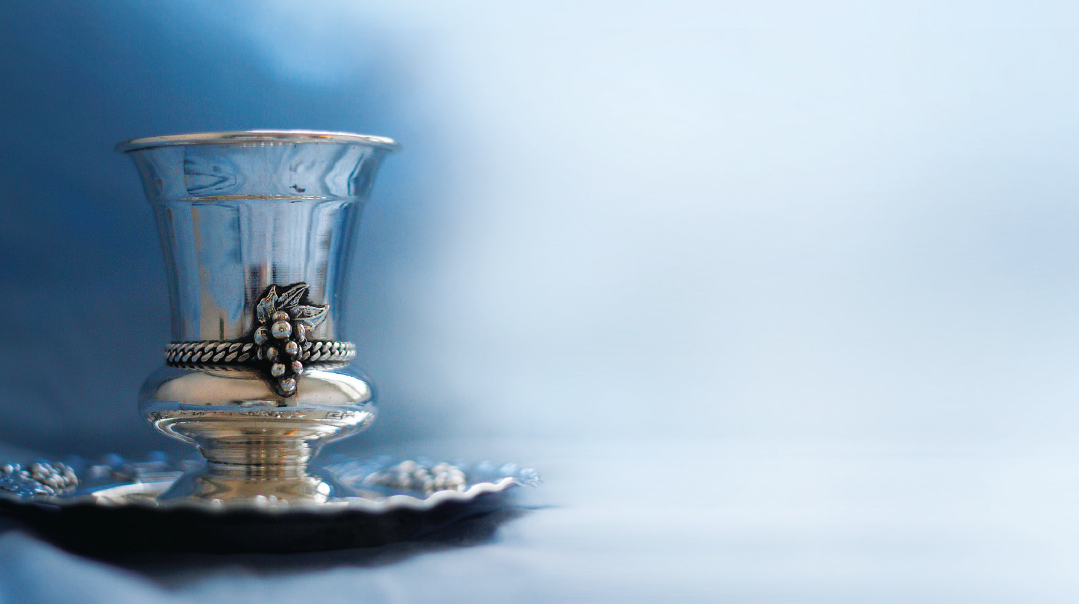Hitting the High Notes

The avodah of shirah is what you make of it. It’s not just humming a tune

“And he will serve in the name of Hashem… like all brothers, the Leviim, who stand there before Hashem.” (Devarim 18:7)
C
hazal (Arachin 11a) explain that the “service of Hashem” referred to here is the singing in the Beis Hamikdash.
I’m a Levi, so I’ve always found it interesting that while the Torah speaks highly of Leviim, when it comes to the actual mitzvos, Leviim seem to have very few in comparison to Kohanim. Even this mitzvah of singing in the Beis Hamikdash is only alluded to here, but not mentioned explicitly in Torah shebichsav.
Rav Shimon Schwab in Maayan Beis Hasho-eivah says rather cryptically that singing is primarily performed with one’s mouth, and this is therefore part of Torah shebe’al peh. Is this just a play on words? (Rabbi Yisrael Reisman, Shiurim on Chumash)
Trending: Song of the Hour.
Not me. I’m not a huge music person. I like music, enjoy hearing it, but I wouldn’t say I’m particularly musical. (True confession: I rarely know the songs and singers referenced in EndNote…) Still, I know what I like, and I like what I know.
Music and singing have a certain power. There are seven sciences that the Torah recognizes as wisdom, and one of them is music. There’s a koach hashirah. For some, singing is just fun, but for others, this koach brings them closer to Hashem.
In the Pa’as Hashulchan, the author writes that when his rebbi, the Vilna Gaon, made a siyum on Shir Hashirim, he said that song contains the koach of techiyas hameisim.
With these points in mind, we can understand how the power of song is in the be’al peh. To understand a song, you can’t just look at its notes; you have to hear it. Be’al peh. It’s something that a person feels internally. The power of music is something one learns from a teacher; it must be passed down from someone who has a connection to music.
When I was marrying off my girls, I was grateful that the chassan’s side was taking care of the band. How would I know what to pick?
So, when my daughter told me that my new son-in-law had a specific band in mind for their chasunah, I was thrilled. One more thing I wouldn’t have to worry about.
“This band is especially meaningful to him,” she elaborated. “It’s run by a friend of his in his chaburah, and they are particularly careful to only play Jewish songs.”
“Of course,” I missed the point. “Why wouldn’t they?” (Like, why would I picture Alley Cat at an Israeli wedding?)
“Only songs that are frum in the roots, their composition,” she added.
“Still okay.” I assumed (naive me) that most wedding songs fall into this category.
Apparently, I’m woefully behind in this area. Because as we discussed the playlist, it was clear that most songs did not fall into this category. Songs I was familiar with, songs I assumed were mesorah, songs that I pictured some erlich Yid in the shtetl humming as he shuckled over a page of Gemara… Guess again.
Therefore, the singing of the Leviim is not expressed overtly — not because it’s not important, but because it’s so important. The avodah of shirah is what you make of it. It’s not just humming a tune. Shirah is a power that can bring a person closer to Hashem.
Forced to define which songs fit and which did not was an eye-opener for me. I clearly remembered a non-Jewish musician who was popular during my teen years. I had liked to relax with his music. There were no accompanying words; it was all instrumental — what could be wrong? Then I chanced upon the cover of a CD of his and blanched at his photo. Long hair, tattoos, and chains. Was I sharing his emotions as I enjoyed his songs?
Apparently, things hadn’t gotten much better since my teens.
As I listened to the songs that were being chosen for the chuppah and the dancing, I felt something shift in me. The music was more moving than usual, the words more penetrating in their poignance. This was music of the soul. Music for the soul. Music to herald a new start, a new home in Klal Yisrael.
They were playing my song.
(Originally featured in Family First, Issue 808)
Oops! We could not locate your form.


